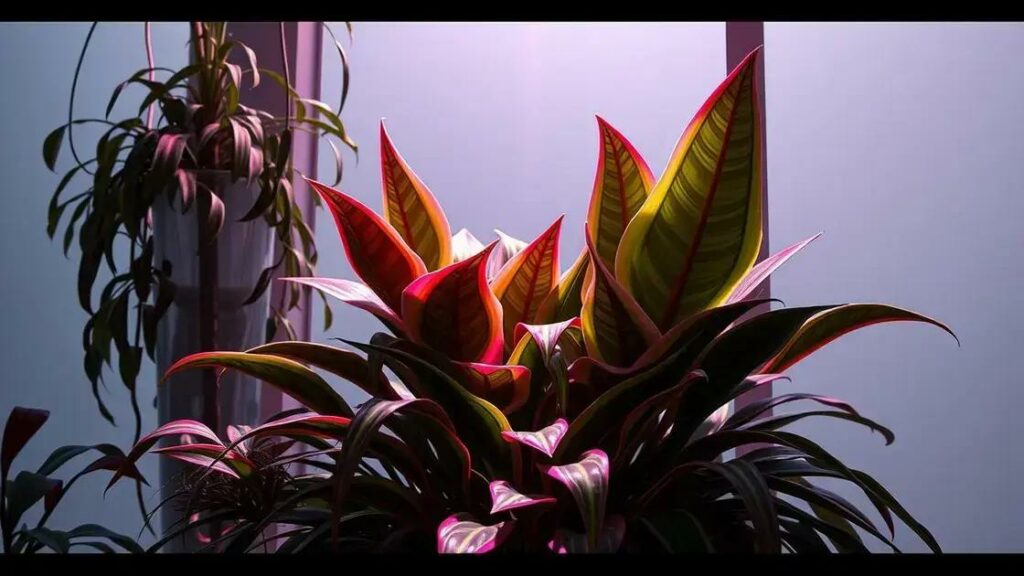How to care for prayer plant indoors? You’ve likely heard about these beautiful plants and the joy they bring to indoor spaces. They can transform your home with their stunning foliage and intricate patterns, but many struggle to keep them thriving. Fortunately, with the right tips and insights, these plants can flourish in your care. Below are some key factors to consider for maintaining your prayer plant.
Table of Contents
ToggleUnderstanding prayer plant light requirements
Understanding prayer plant light requirements is essential for keeping your indoor plants healthy and vibrant. Prayer plants thrive in environments that mimic their natural habitats, where they receive filtered light. To create the perfect lighting conditions for your prayer plant, consider the following:
Optimal lighting conditions for prayer plants
- Indirect sunlight is ideal.
- Avoid direct sunlight, which can scorch the leaves.
- East or north-facing windows provide the best light.
Signs your prayer plant may need more light
- Pale or yellowing leaves.
- Unusual stretching or leggy appearance.
- Slow growth compared to previous conditions.
Using artificial lighting
If natural light is insufficient, you can supplement with grow lights. LED grow lights are a fantastic choice:
- Energy-efficient and long-lasting.
- Available in full-spectrum options for optimal growth.
Creating a balanced environment
It’s important to monitor not just light, but also temperature and humidity:
| Factor | Ideal Range |
|---|---|
| Temperature | 65°F – 80°F (18°C – 27°C) |
| Humidity | 50% – 60% or higher |
For more insights on humidity levels for houseplants, try exploring indoor gardening techniques.
Remember, understanding your prayer plant’s light requirements is key to its success. By ensuring the right amount of light, you can watch your plant thrive and enjoy its stunning beauty in your home.
Essential watering techniques for prayer plants

Essential watering techniques for prayer plants are crucial for maintaining their vibrant health and beauty. Proper watering ensures that your prayer plant thrives in its indoor environment. Here are effective techniques to keep in mind:
Understanding moisture needs
- Prayer plants prefer consistently moist soil, not soggy.
- Inspect the top inch of the soil; if it’s dry, it’s time to water.
- During growth seasons (spring and summer), water more frequently.
Watering methods
- Use room-temperature water to avoid shocking the plant.
- Water thoroughly until you see it drain out of the bottom.
- Empty the saucer after watering to prevent root rot.
Signs of overwatering or underwatering
Recognizing the signs of stress can help you adjust your watering technique:
| Condition | Signs |
|---|---|
| Overwatering | Yellowing leaves, mold on soil, drooping stems |
| Underwatering | Dry, crispy leaves, slow growth, wilting |
Adjusting for humidity
Humidity plays a key role in watering needs. High humidity can reduce the amount of water your prayer plant requires:
For tips on humidity levels, you can refer to exploring indoor gardening techniques.
Adjust your watering schedule based on your home’s humidity and temperature. By mastering these essential watering techniques, you can ensure your prayer plant remains healthy and vibrant.
Creating the perfect humidity for prayer plants
Creating the perfect humidity for prayer plants is essential for their overall health and growth. These tropical plants thrive in higher humidity levels, which mimic their natural rainforest habitat. Here’s how you can achieve the ideal humidity for your prayer plant.
Optimal humidity levels
- Prayer plants prefer humidity levels between 50% and 60%.
- Higher levels above 60% can promote robust growth.
- Utilize a hygrometer to monitor humidity accurately.
Methods to increase humidity
- Group multiple plants together to create a microclimate.
- Use a pebble tray filled with water beneath the plant pot.
- Consider investing in a humidifier, especially during dry months.
Signs of low humidity
Recognizing when your prayer plant is not receiving enough moisture can help you adjust promptly:
| Symptoms | Message |
|---|---|
| Crispy leaf edges | Indicates too dry conditions. |
| Lack of growth | May signal insufficient moisture. |
Using visual clues
Besides measuring humidity, you can also observe your plant’s reaction. Prayer plants will often show signs of distress, such as curling leaves or stunted growth, if humidity is too low. For more strategies in maintaining good humidity, check out exploring indoor gardening techniques.
With these tips, you can create the perfect humidity for your prayer plant, allowing it to flourish and bring beauty to your indoor space.
In conclusion
Caring for your prayer plant involves understanding its light requirements, mastering essential watering techniques, and creating the perfect humidity levels. By following these guidelines, you can ensure that your prayer plant thrives, showcasing its vibrant foliage and intricate beauty. For more advice on maintaining a lush indoor environment, check out these tips on enhancing your indoor garden. Happy gardening!

